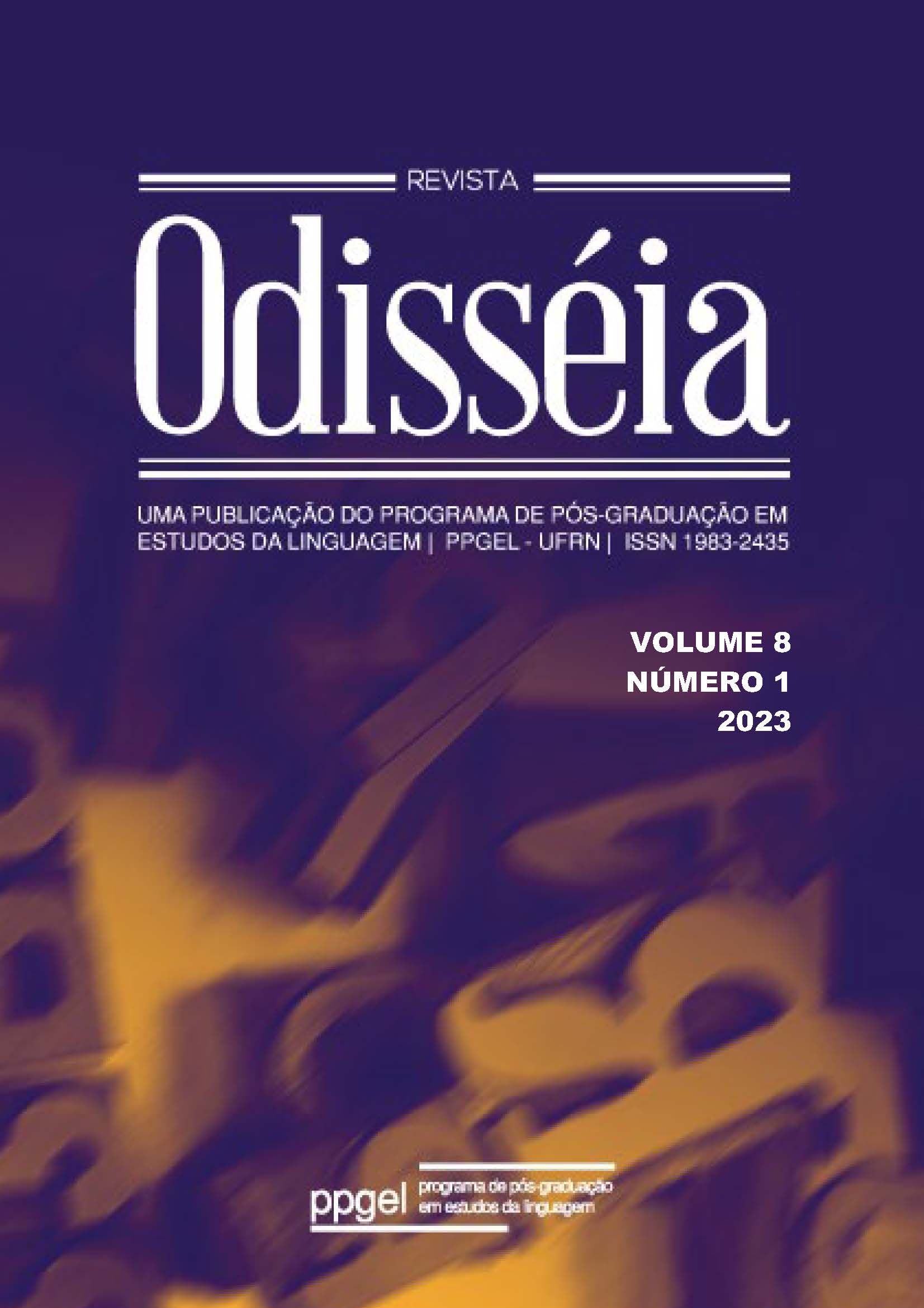Identifying Passive Clause Patterns Based on Self-Organizing Maps
DOI:
https://doi.org/10.21680/1983-2435.2023v8n1ID32258Keywords:
Passive clauses, Systemic-Functional Grammar, Neural Network of Self-Organizing MapsAbstract
The aim of the current article is to lay the foundations for the
development of a descriptive model capable of differentiating several configurations
embodied by passive clauses formed with auxiliary verb ser (to be) + past participle
of the main verb in specific interaction contexts, based on using the Neural Network
of Self-Organizing Maps (SOM Network). All 220 constitutive clauses forming the
herein analyzed corpus were allocated by the SOM Network in 46 neurons, which
represent different samples of passive clauses, by concomitantly taking into
consideration the classes of all eight parameters selected in the current research.
These 46 samples reflect variations in the grammatical and pragmatic-discursive
configurations of passive clauses, in a quite thorough manner, by taking into
consideration the theoretical apparatus of Systemic-Functional Grammar. The
definition of the optimal number of groups allowed us to deduce data from three
important groupings that have portrayed the major meanings elicited by the analyzed
passive clauses within the scope of all 102 analyzed journalistic news.
Downloads
Downloads
Published
How to Cite
Issue
Section
License
Copyright (c) 2023 Odisseia

This work is licensed under a Creative Commons Attribution-NonCommercial-ShareAlike 4.0 International License.
Thisa work has been licensed under Creative Commons - Atribuição - NãoComercial - CompartilhaIgual 3.0 Não Adaptada.


















